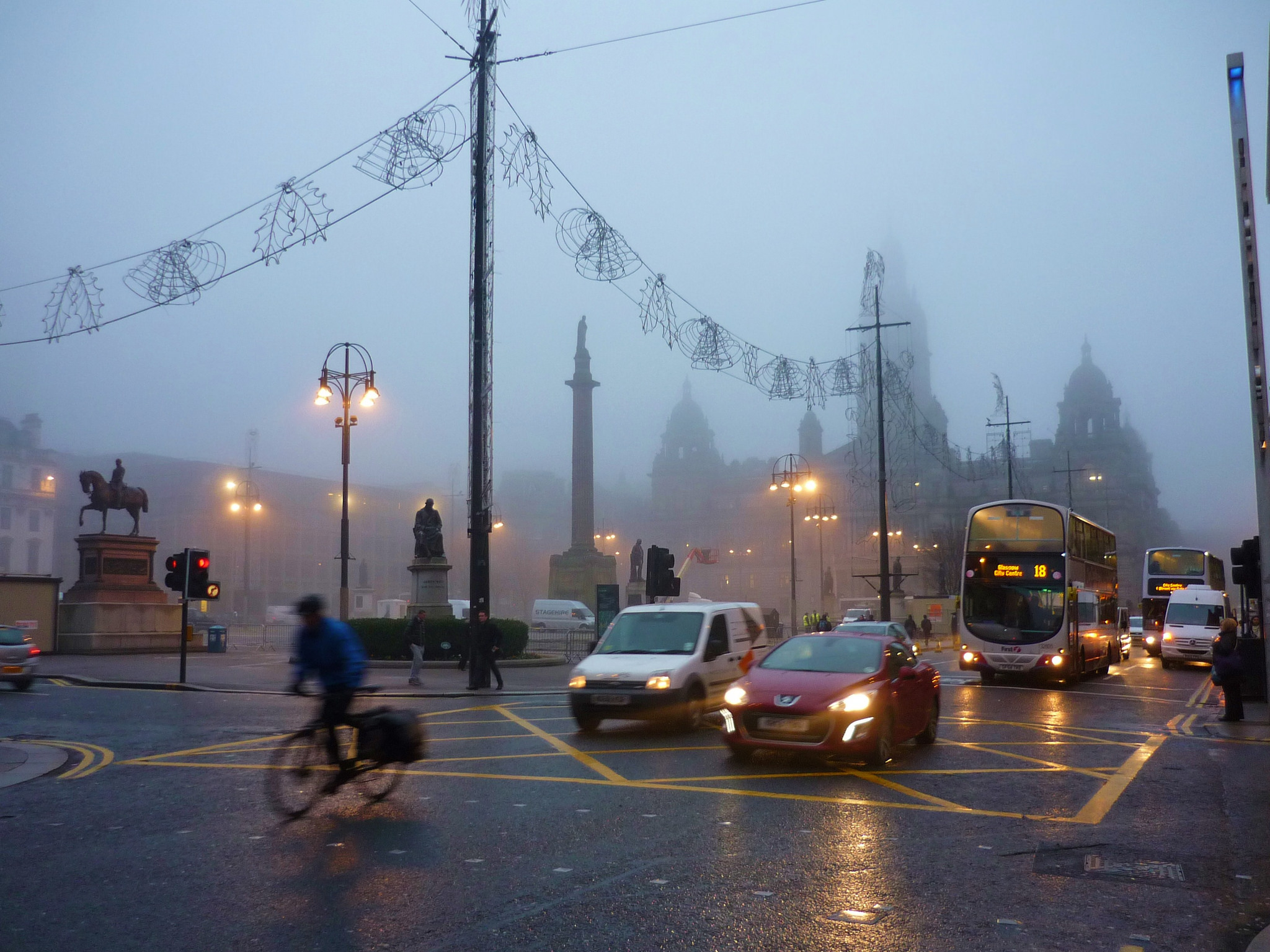By James Carson
As we’ve previously reported, air pollution is an invisible killer, estimated to cause 400,000 deaths in Europe – that’s ten times the number of people killed in traffic accidents. In towns and cities, particulate matter and nitrogen dioxide (NO2) from vehicle exhausts are particularly associated with serious health risks, sometimes prompting cities such as Paris to take drastic action.
Since 2010, 16 zones across the UK have failed to meet EU standards on NO2 in the air, prompting a legal challenge by a group of environmental lawyers. At the end of April, the UK supreme court ruled in the group’s favour, and ordered the government to formulate new plans for cutting air pollution by the end of 2015.
As if to remind us of the ongoing presence of air pollution, earlier this year a warm spell of weather pushed smog alert levels in parts of England to “very high” – the most extreme warning that the government’s air pollution monitoring authorities can give.
The British Lung Foundation advised people feeling the effects of the smog in the South East, Greater London, Yorkshire and Humberside and the West Midlands to avoid busy roads during the rush hour, while people with pre-existing conditions, such as asthma, were advised to avoid strenuous activity.
In London, a long-term strategy to address the problem of air pollution from vehicles has recently been announced. The world’s first Ultra Low Emission Zone (ULEZ) will be launched in September 2020, requiring vehicles in central London to meet new emission standards, or pay a daily charge. The ULEZ is expected to halve emissions of nitrogen dioxide and particulate matter, and it’s hoped the move will also give a boost to the green economy by stimulating the development of ultra low emission technology and vehicles.
London already has a low emission zone (LEZ), which was introduced in 2008, and the ULEZ will bring in more stringent emissions standards. However, few other UK cities have followed London’s lead. Last December, the House of Commons Environmental Audit Committee (EAC) called for a national framework for LEZs in the UK, similar to that in Germany, where there are more than 70 LEZs.
Noting that 29,000 deaths each year are attributed to air pollution in the UK, Joan Walley, chairwoman of the EAC, highlighted the potential benefits of the proposal:
“A national framework for low-emission zones could save councils from having to reinvent the wheel each time by providing a template with common core features, such as a national certification scheme for vehicle emissions.”
While London is taking steps towards air quality improvement, other European cities have already progressed well beyond the European Union’s limit values on emissions. Judges assessing the efforts of 23 major European cities to improve air quality placed Zurich in first place due to a policy mix which includes a strong commitment to reduce pollution from vehicles. Other cities achieving high rankings included Copenhagen, Vienna and Stockholm. London also made it into the top ten. At the other end of the scale, Lisbon and Luxembourg finished in the last two places for their “half-hearted” approach to tackling air pollution.
Glasgow, the only other UK city included in the survey, received a disappointing ranking – fifth from the bottom. The survey reported that, even though annual mean levels of NO2 fell, the city did not manage to comply with European limit values. And although Glasgow City Council planned a trial LEZ during the 2014 Commonwealth Games, the implementation was postponed, pending a new Scottish Low Emission Strategy.
The implications of the supreme court ruling are likely to be far-reaching. Diesel cars and trucks could be phased out, and more councils may have to consider congestion pricing, or differentiated parking fees. On the day of the supreme court ruling the campaigners behind the legal challenge restated their belief that all political parties should commit to policies which will deliver clean air and protect public health:
“Air pollution kills tens of thousands of people in this country every year. We brought our case because we have a right to breathe clean air and today the supreme court has upheld that right.”
The Idox Information Service can give you access to a wealth of further information on environmental issues – to find out more on how to become a member, contact us.
Further reading*
Anything but an open road (reducing traffic-borne air pollution)
Action on air quality: sixth report of session 2014-15 (HC 212)
NOx and the city (air pollution in the UK)
Invisible killer (air pollution)
Transport emissions roadmap: cleaner transport for a cleaner London
*Some resources may only be available to members of the Idox Information Service
Share
Related Posts
Supporting residents on the decarbonisation journey: leveraging data for effective retrofit projects
As the drive towards decarbonisation intensifies, the social housing sector’s ability to collect, store and manage vast amounts of data becomes increasingly critical. With a shared goal of creating warmer, carbon-free homes, housing associations’ strategic use of data is essential ....
With information now so accessible, it’s easy to assume that whenever you have a question you can simply tap it into a search engine. But, while the internet and digital search tools are undoubtedly useful for checking basic facts, when ....
The recent spikes in energy costs have thrown into sharp focus the challenge of heating our homes. Domestic heating is important, not just for our comfort and wellbeing, but to reduce humidity and prevent condensation. But because traditional heating systems ....
By Donna Gardiner While free school meals (FSM) have been available in England on a means-tested basis since 1944, recent years have seen a renewed focus upon the potential benefits of providing free school meals to all school-aged children. Currently, ....

